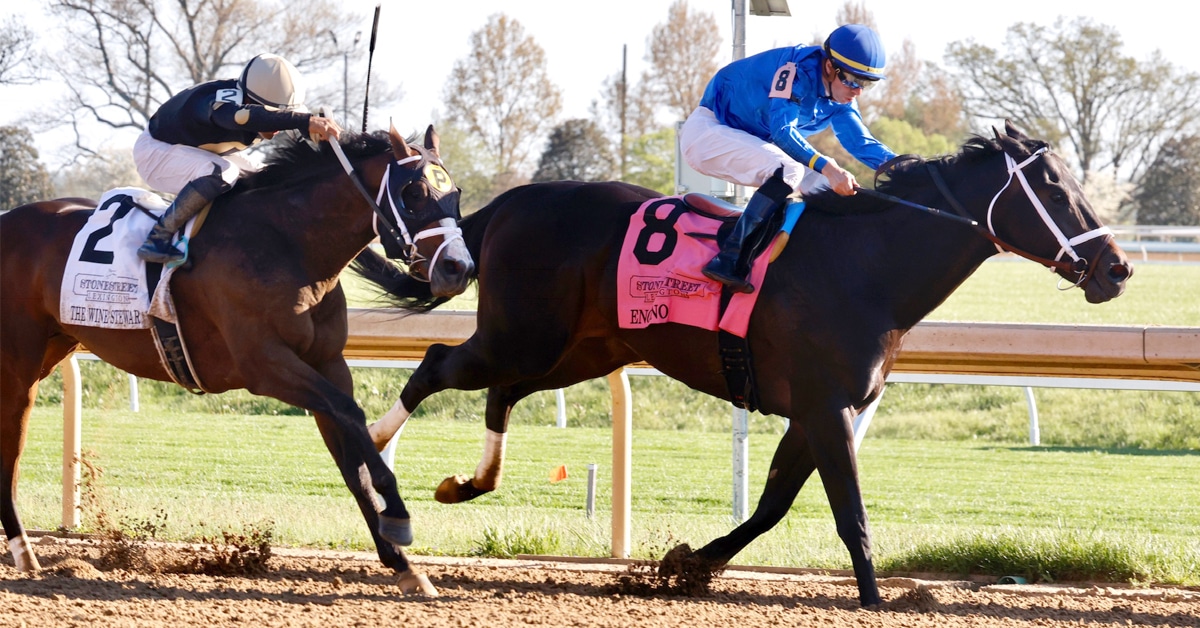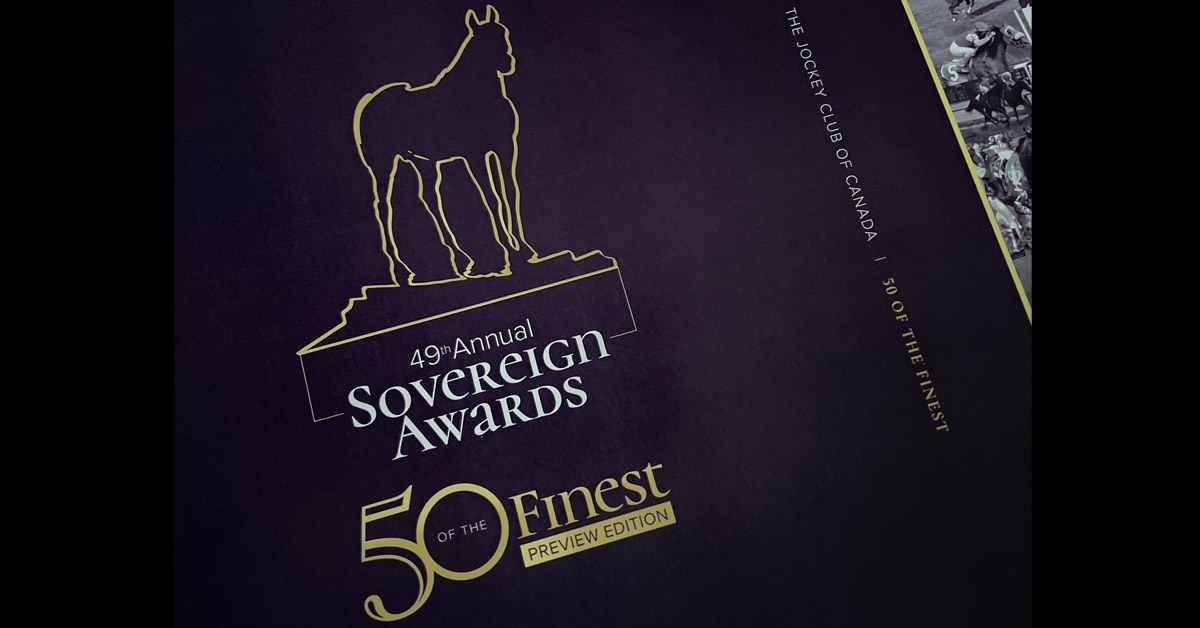The province has announced that the Ontario Lottery and Gaming Corporation (OLG) will give $80.6-million as compensation to those racetracks that invested in their infrastructure by expanding their facilities to make room for the introduction of slots over a decade ago. While the details of the agreements are confidential, it has been reported that Great Canadian Gaming will receive $31.5-million for Georgian Downs, and $26-million will go to Woodbine Entertainment Group, which operates Woodbine and Mohawk. The rest of the money, nearly $23-million, will be divided among several other tracks.
In addition, the government will provide nearly $180-million in transitional funding over three years to a dozen tracks provided that they submit to third party auditing. The OLG has also signed interim lease agreements with certain venues, but the financial details have not been disclosed.
In their quest to modernize gaming in Ontario, the OLG sacrificed horse racing by eliminating the slots-at-racetracks program (SARP). The OLG’s plan was to maximize gaming revenues by moving slots away from racetracks and into casinos in highly populated areas instead, appealing to a more sophisticated market.
Since the announcement of the end of SARP was made in March 2012, the racing industry has been hit hard, with loss of profit, jobs, prospects and hope. The abrupt changes have affected about 60,000 people employed full-time, part-time and casually in the industry.
With a new leader, the Liberal party, through Premier Kathleen Wynne, has promised to work towards including horse racing into Ontario’s new gaming strategy. In disclosing these funds, showing a willingness to meet with the Ontario Horse Racing Industry Association, and to work with the Horse Racing Transition Panel towards a sustainable model, the provincial government is, so far, making good on Wynne’s word. As a result, the industry is cautiously optimistic about the future of racing in Ontario. The final report from the Horse Racing Transition Panel is not due until October, however, and many questions remain.
The fact is that racing was a thriving industry in Ontario, and the SARP was a mutually beneficial profit-sharing agreement.
Over the last decade, annual expenditures by the horse racing industry have increased by 67 per cent to $2-billion dollars in 2010, from $1.2-billion in 2000. Approximately 80 per cent of this expenditure occurred in Ontario’s rural agriculture communities where it provided much needed economic growth.
Moreover, all three levels of government realized substantial revenues on the horse racing and breeding industry expenditures ($782-million in 2010). The Federal government saw $382.7-million, whereas the Provincial government received $261.6-million (exclusive of the slot machine profits at the tracks). The remaining $138-million (inclusive of the slot machine profits) went to municipal governments wheretracks are located.
Over the past year, it has become apparent that the decision by the Liberals to terminate the SARP was ill-conceived and short-sighted. As details of the OLG Modernization Strategy have emerged, this choice has become more baffling.
Reports indicate that attendance has gone down at Ontario’s four premier resort-style casinos (two in Niagara Falls, Windsor and Rama), and as a result revenue has decreased 28 per cent since 2006. In the same timeframe, the casinos have lost a combined $360-million while giving away $1.6-billion in freebies and cash incentives. Despite these loses, the OLG would like to build more such casinos in both Hamilton and Toronto.
For more information, read these two reports by the Globe and Mail and the Hamilton Spectator. And, get more facts and figures on racing in Ontario here.
More from Canadian Thoroughbred:





